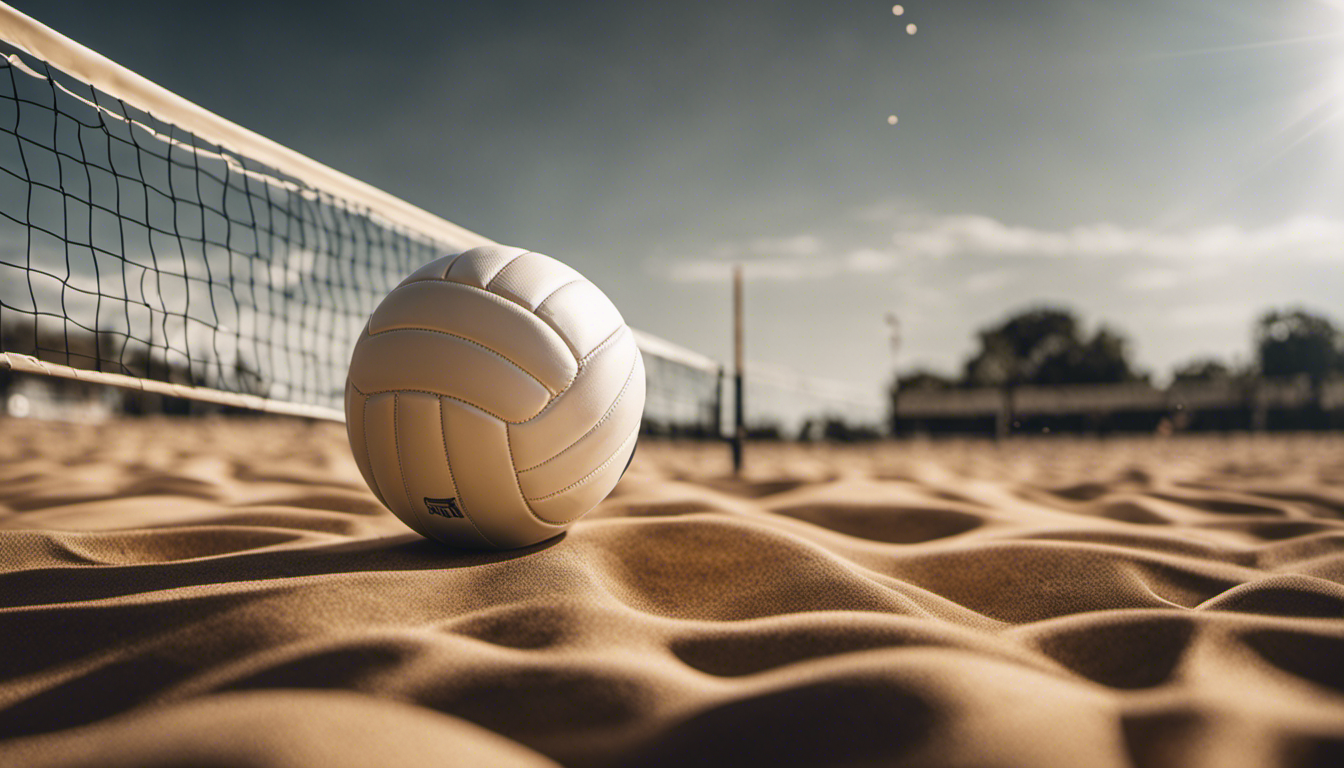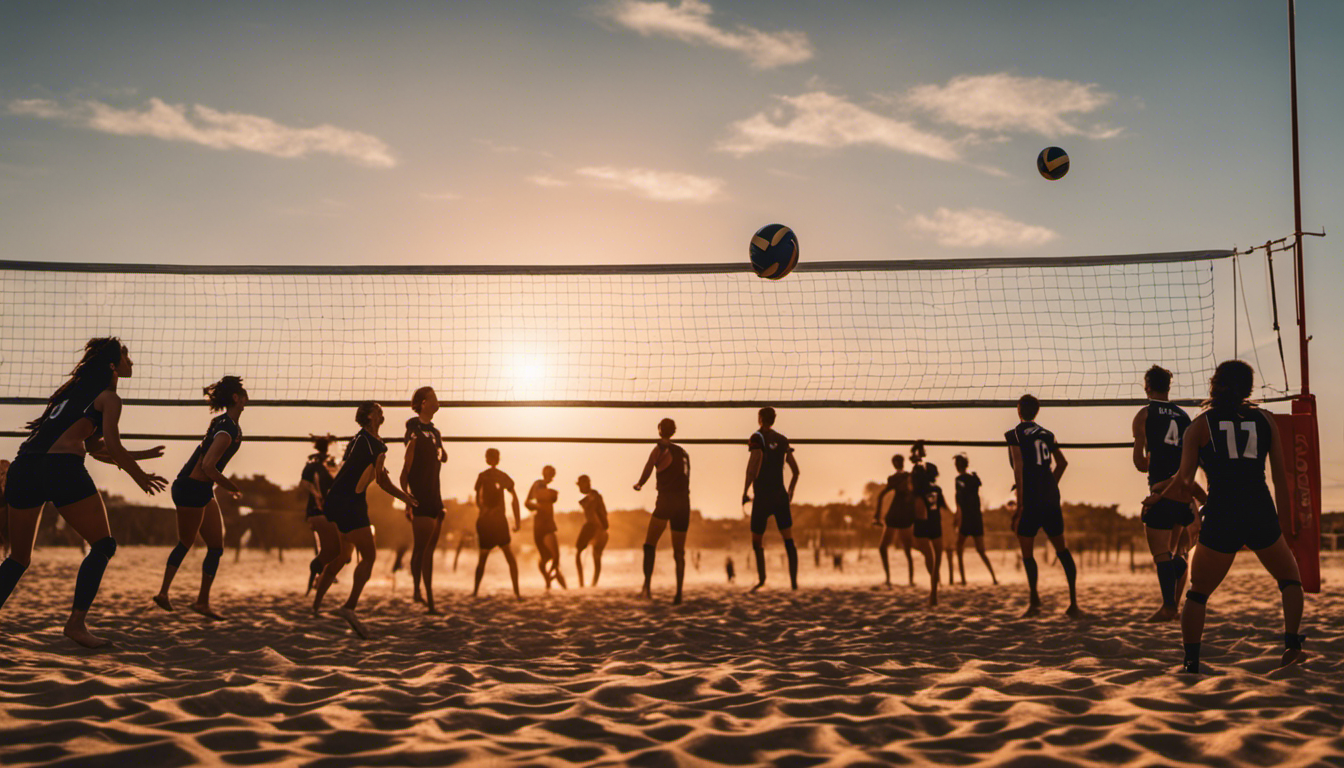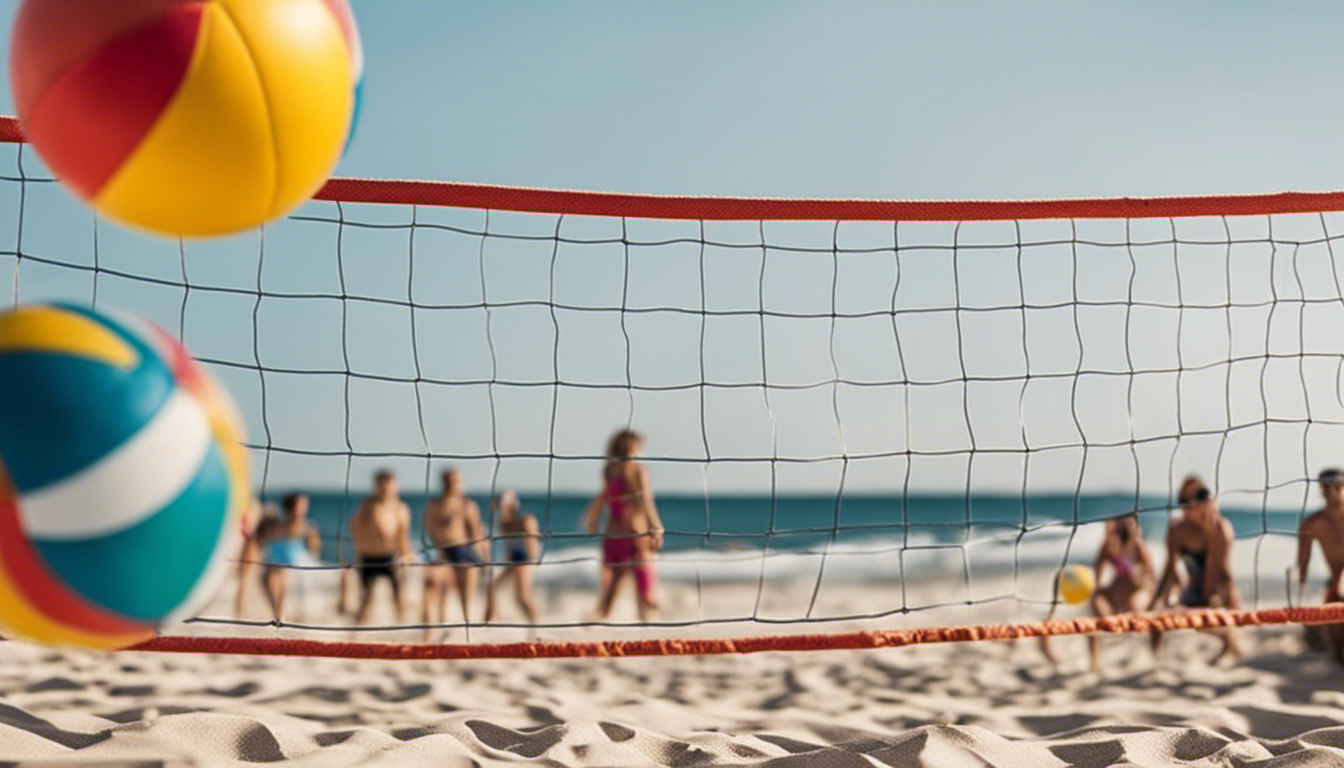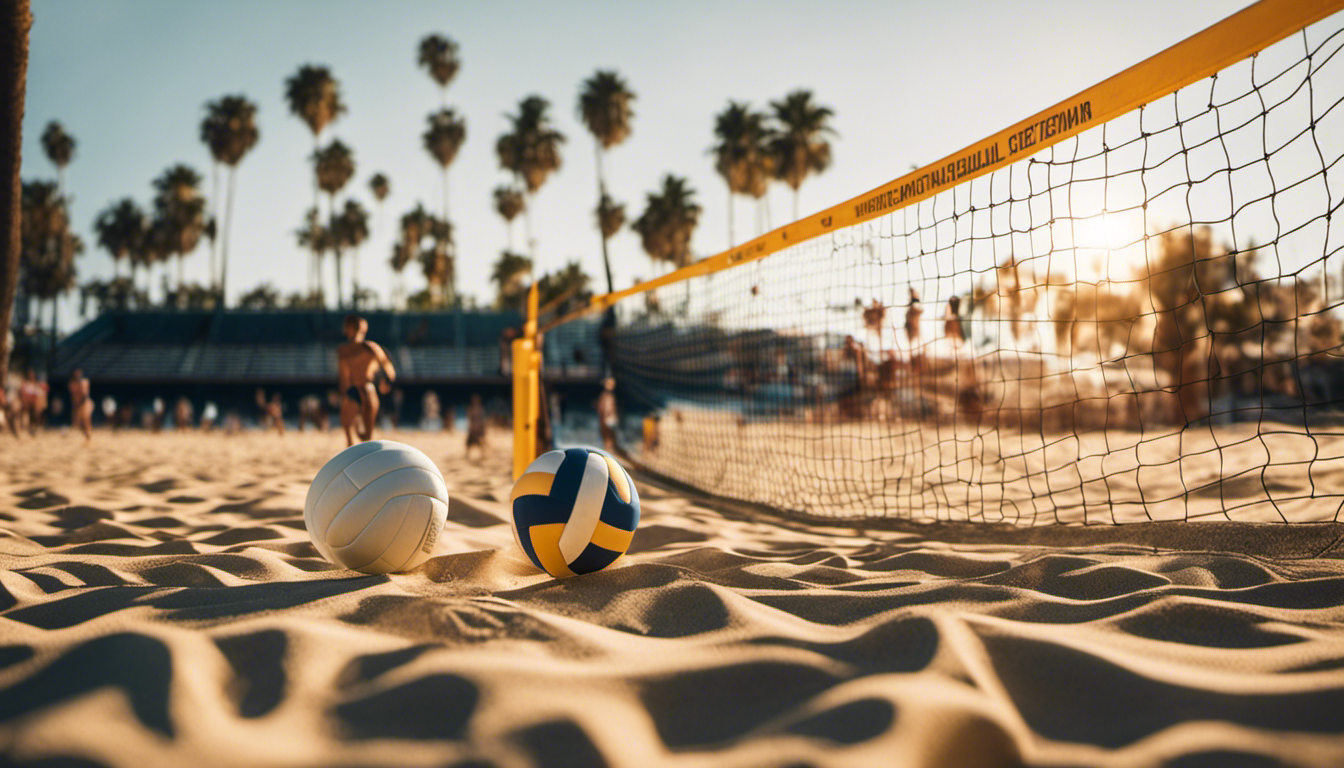I’ve always been fascinated by the power and precision of a volleyball serve. Have you ever wondered how physics plays a crucial role in shaping this fundamental aspect of the game?
In this article, we’ll delve into the science behind a serve, exploring the forces at play, the impact of projectile motion, and even the aerodynamics involved.
Get ready to understand how topspin and backspin can make or break your serves.
Get ready to take your game to new heights with the science of a serve!
Key Takeaways
- Kinematics and velocity analysis are crucial for executing accurate and powerful volleyball serves.
- Proper body positioning, leg force generation, and arm and shoulder muscle utilization are essential for generating power in serves.
- Understanding projectile motion and optimizing serve technique can greatly improve serve performance.
- Aerodynamics and spin manipulation play important roles in serve optimization and can be used strategically to deceive opponents.
The Role of Kinematics in Volleyball Serves
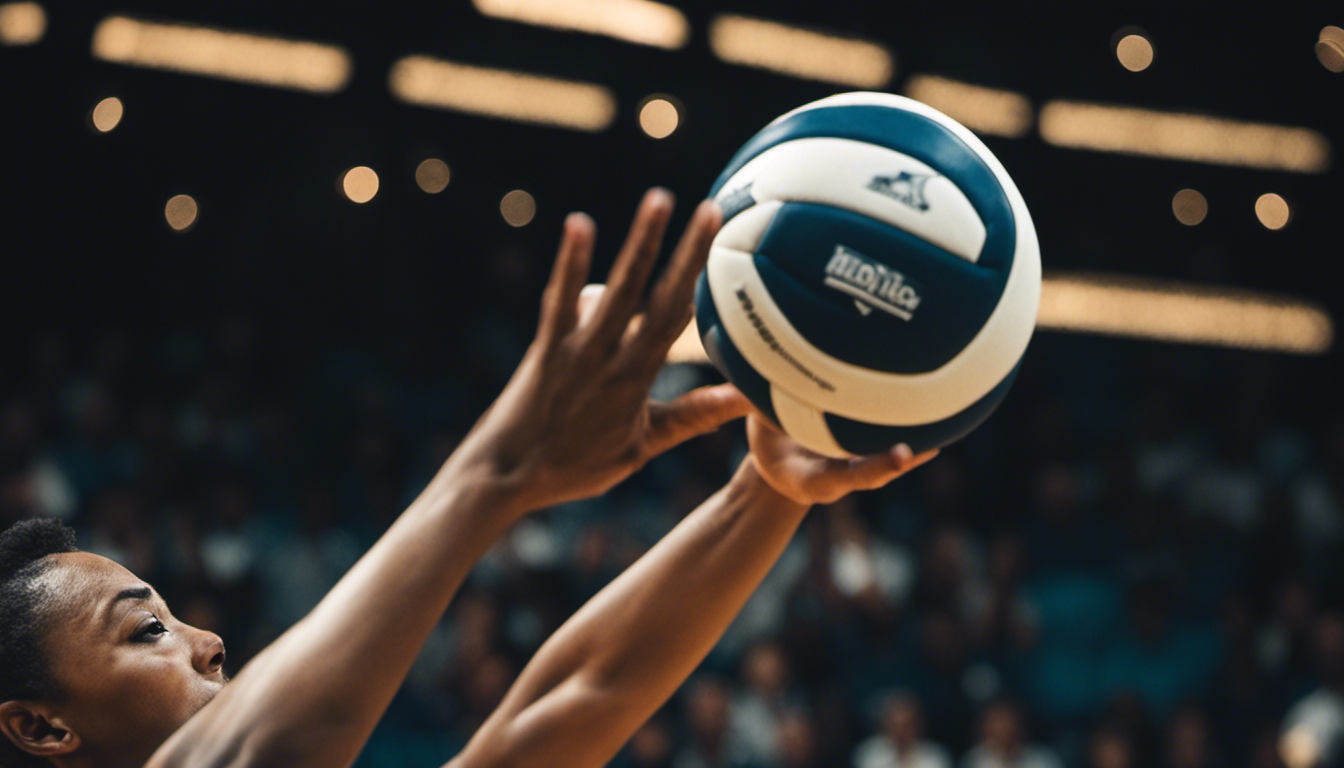
Kinematics plays a crucial role in how volleyball serves are executed. When serving a volleyball, understanding the principles of kinematics can significantly enhance your performance.
Velocity analysis is an essential aspect of this process. By analyzing the velocity at which you strike the ball, you can determine the ideal angle and speed to achieve maximum accuracy and power.
Additionally, incorporating kinetic energy calculations into your serve technique can further optimize your performance. By considering factors such as mass and velocity, you can calculate the amount of kinetic energy transferred from your arm to the ball upon impact.
This knowledge allows you to adjust your approach and generate more force during your serves, resulting in higher speeds and greater chances of scoring points for your team.
Exploring the Forces Behind a Powerful Serve
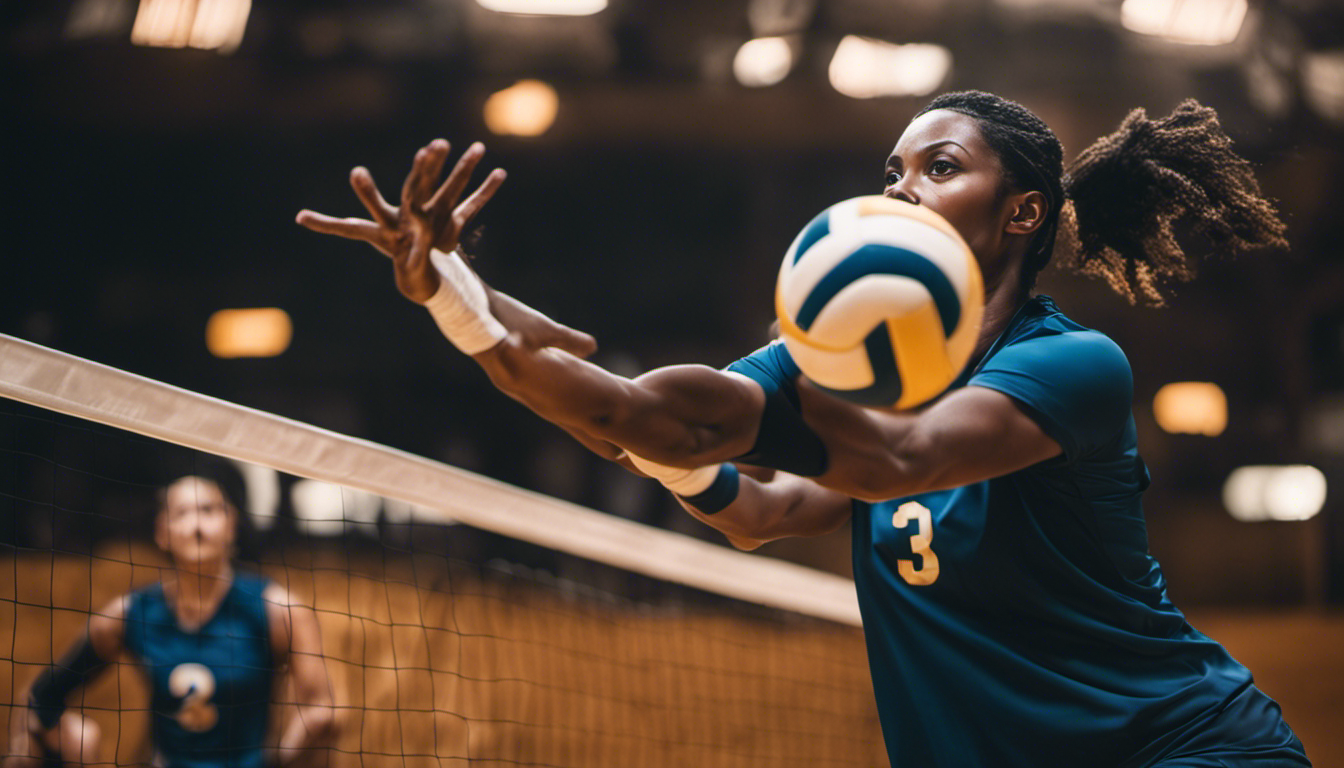
By understanding the forces involved, players can enhance their ability to deliver a powerful serve in volleyball. Exploring the biomechanics of a powerful serve allows us to analyze the energy transfer that occurs during this dynamic movement.
Here’s how it works:
-
Proper body positioning: Start with your feet shoulder-width apart and knees slightly bent. This stance provides stability and power.
-
Generating force from the legs: As you prepare to serve, push off explosively from your back leg, transferring energy up through your body.
-
Utilizing arm and shoulder muscles: The force generated by your legs is transferred into your arms and shoulders, creating a whip-like motion for maximum velocity.
-
Snapping the wrist: Just before contact with the ball, snap your wrist forward, adding additional speed and spin.
Understanding these key elements of a powerful serve will help you optimize energy transfer, resulting in an unstoppable hit that leaves opponents struggling to return it.
Keep practicing and refining these techniques to take your serving game to new heights.
The Impact of Projectile Motion on Volleyball Serves
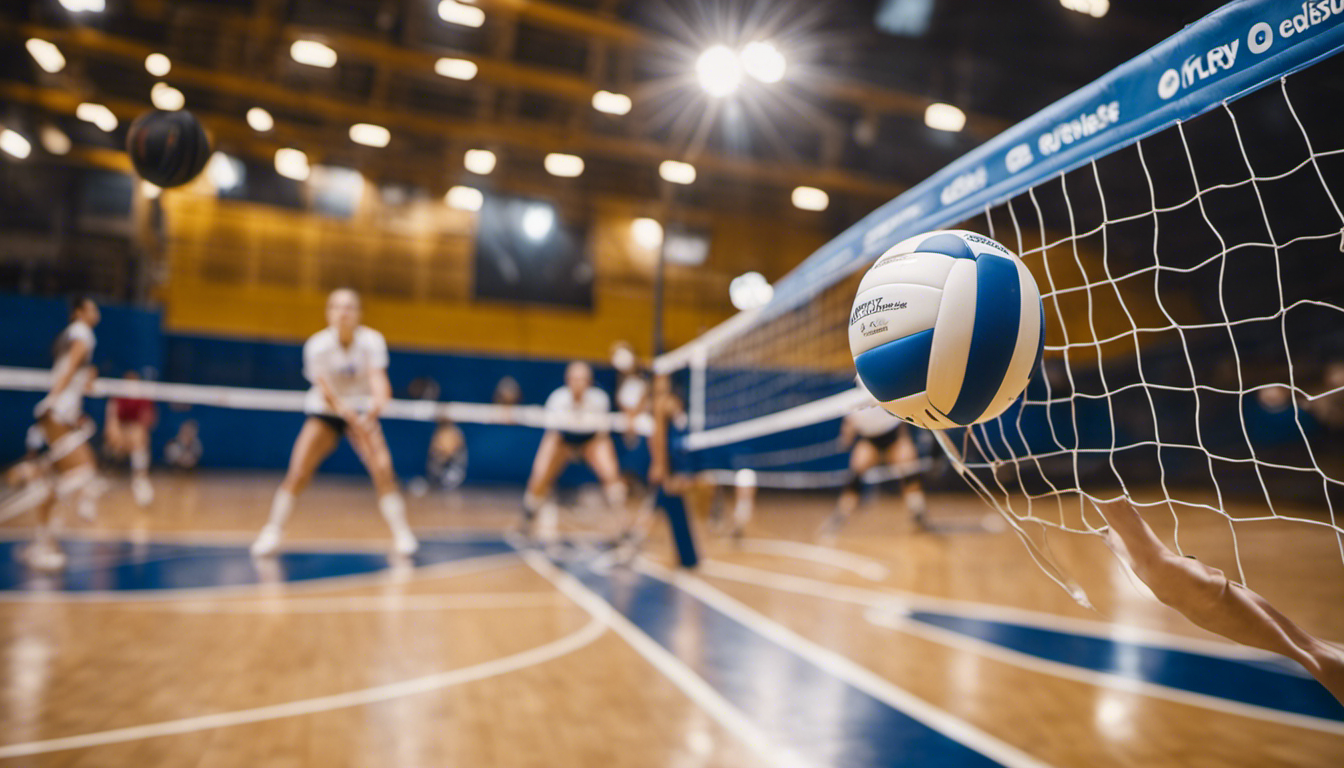
To maximize the power and accuracy of your serve, focus on understanding how the trajectory of the ball is influenced by its motion through the air.
One key factor to consider is the influence of gravity on volleyball serves. Gravity affects the path of the ball as it travels from your hand to over the net, causing it to follow a curved trajectory.
By analyzing the trajectory of a volleyball serve through motion analysis, you can gain valuable insights into how to optimize your technique. Pay attention to how high you toss the ball and at what angle you hit it, as these factors will determine its flight path.
With practice and attention to detail, you can master this crucial aspect of serving and improve your overall game performance. Keep striving for excellence!
Understanding the Aerodynamics of a Volleyball Serve
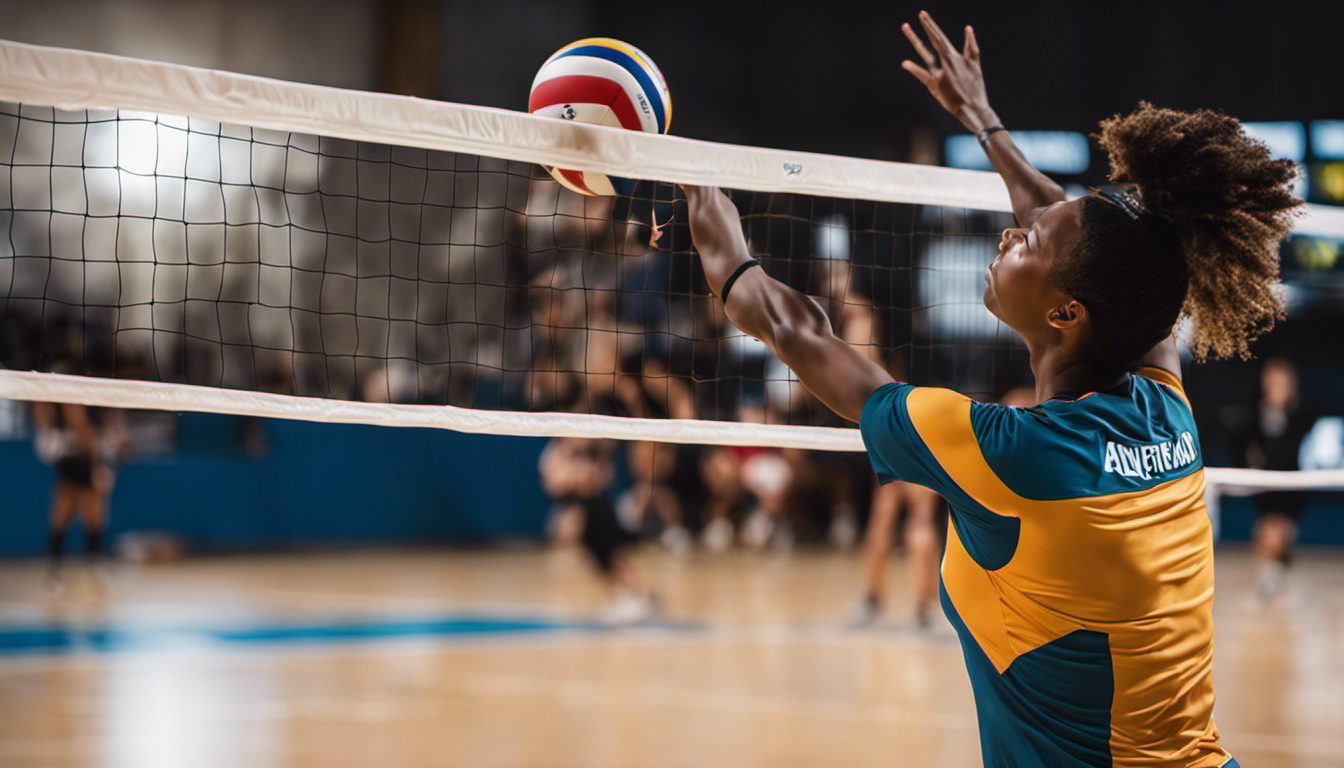
Understanding the aerodynamics of a volleyball serve can provide valuable insights into how air resistance affects the trajectory and speed of the ball. When serving, it’s important to consider how the shape and spin of the ball interact with the surrounding air. Here are some key points to understand about aerodynamics in volleyball serves:
-
Ball Trajectory: The angle at which you strike the ball determines its initial trajectory. Air resistance slows down the ball during flight, causing it to drop faster than expected.
-
Impact of Air Resistance: The drag force exerted by air resistance opposes the motion of the ball. A smooth surface on the ball reduces drag, allowing for a faster serve.
By understanding these principles, you can adjust your technique to optimize your serves. Experiment with different angles and spins to find what works best for you.
The Science of Spin: How Topspin and Backspin Affect Volleyball Serves

Experiment with different spins on your serves to see how topspin and backspin can affect the trajectory and movement of the ball. When it comes to tennis serves, spin plays a crucial role in determining the path of the ball. Topspin creates a downward force, causing the ball to dip quickly over the net before bouncing high, making it difficult for your opponent to return. On the other hand, backspin generates an upward lift that keeps the ball low and makes it skid off the court, making it challenging for your opponent to anticipate its bounce. Similarly, in soccer, spin greatly affects how a curved free-kick or corner kick moves through the air. By imparting topspin or backspin on the ball, players can manipulate its flight path and deceive defenders or aim precisely at their intended target. So next time you step onto the court or field, don’t underestimate the power of spin – use it to your advantage!
| Spin Type | Effect on Trajectory |
|---|---|
| Topspin | Ball dips quickly over net |
| Backspin | Ball stays low and skids off court |
| Spin Type | Effect on Soccer Ball Curves |
|---|---|
| Topspin | Creates downward curve |
| Backspin | Generates upward lift |
Note: This table shows only some effects of spin; there are other factors like speed and angle that also play a significant role in determining trajectory and curves.
Frequently Asked Questions
What Is the History of Volleyball and How Has It Evolved Over Time?
Over time, volleyball has evolved from a simple game into a highly technical sport. The impact of technology on the game has been immense, allowing for better equipment, advanced training methods, and more accurate analysis of player performance.
How Does the Height and Weight of a Volleyball Player Affect Their Serve Performance?
When it comes to serve performance in volleyball, the height and weight of a player play a crucial role. Through biomechanics analysis, we can understand how these physical attributes impact the power and accuracy of a serve.
What Are the Most Common Injuries Associated With Serving in Volleyball and How Can Players Prevent Them?
Common serve injuries in volleyball include shoulder impingement, rotator cuff tears, and wrist sprains. To prevent these injuries, players should focus on strengthening their upper body, practicing proper technique, and warming up before playing. Stay safe and injury-free!
Are There Any Specific Techniques or Strategies That Can Improve a Player’s Serving Accuracy and Power?
To improve serving accuracy and power, focus on technique and strategy. Work on a consistent toss, use a proper grip and arm swing, and aim for specific spots on the court. Practice makes perfect!
How Do Environmental Factors Such as Altitude or Temperature Affect the Trajectory and Speed of a Volleyball Serve?
When considering the trajectory and speed of a volleyball serve, environmental factors like altitude, temperature, humidity, and wind all play a role. They can affect the ball’s flight path and velocity.
Conclusion
In conclusion, understanding the science behind a volleyball serve can greatly improve your game.
By analyzing the kinematics and forces involved, you can develop a more powerful serve that will leave your opponents scrambling.
Additionally, studying projectile motion and aerodynamics will help you control the trajectory of your serve and make it harder to return.
And don’t forget about the importance of spin! Mastering topspin and backspin will give you an edge by adding unpredictability to your serves.
So go out there, apply this knowledge, and dominate the court with your incredible serves!
